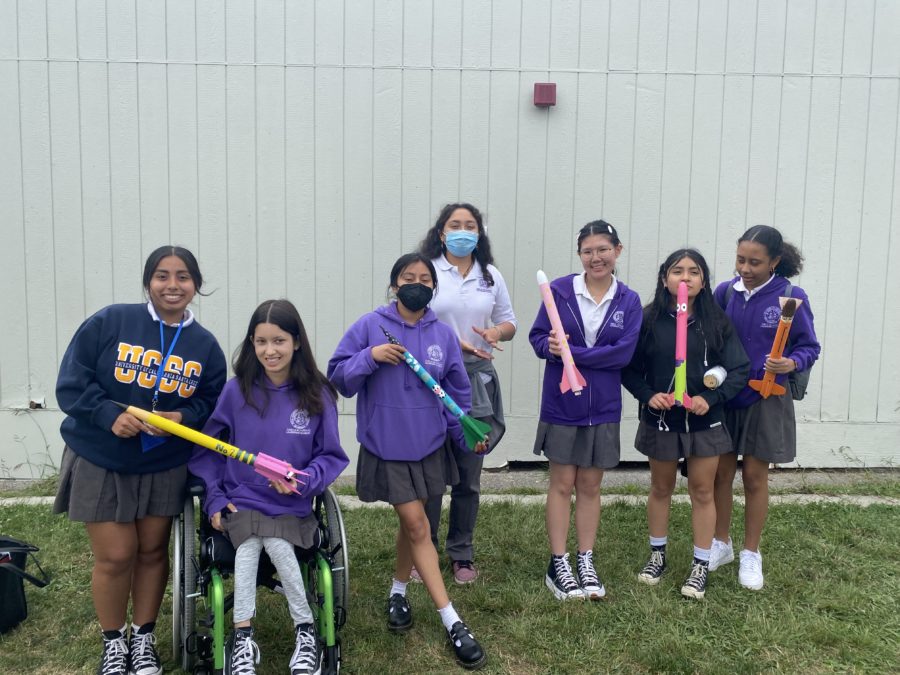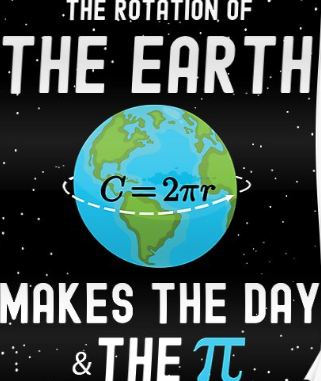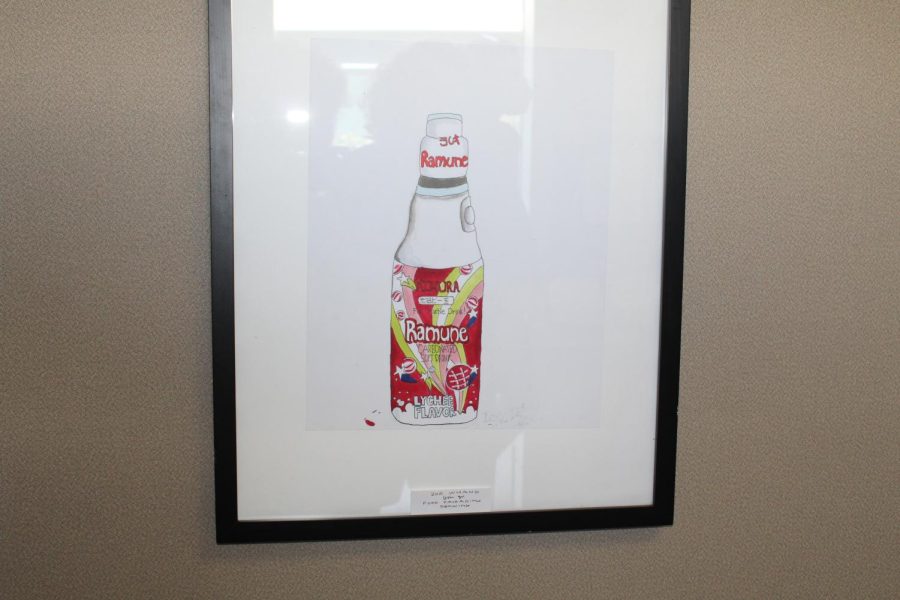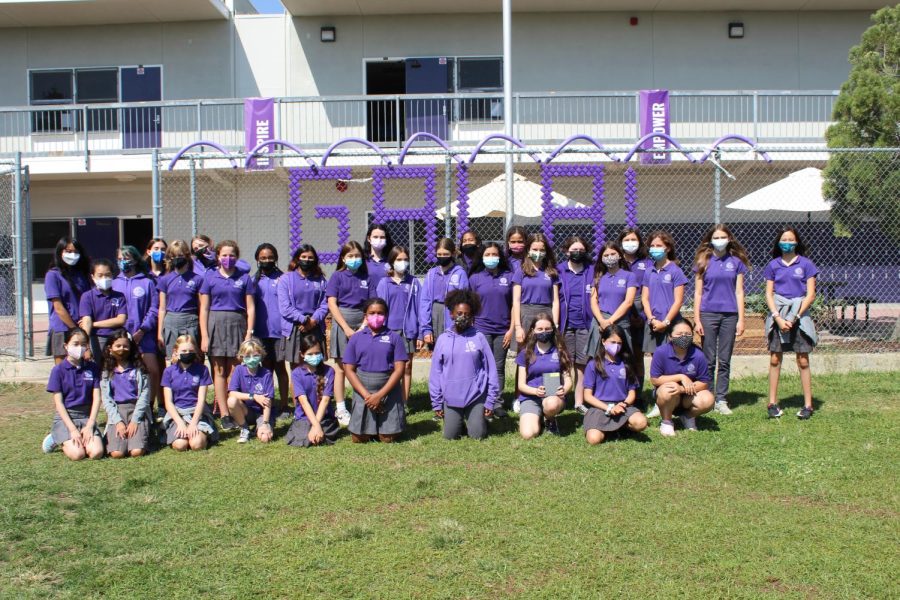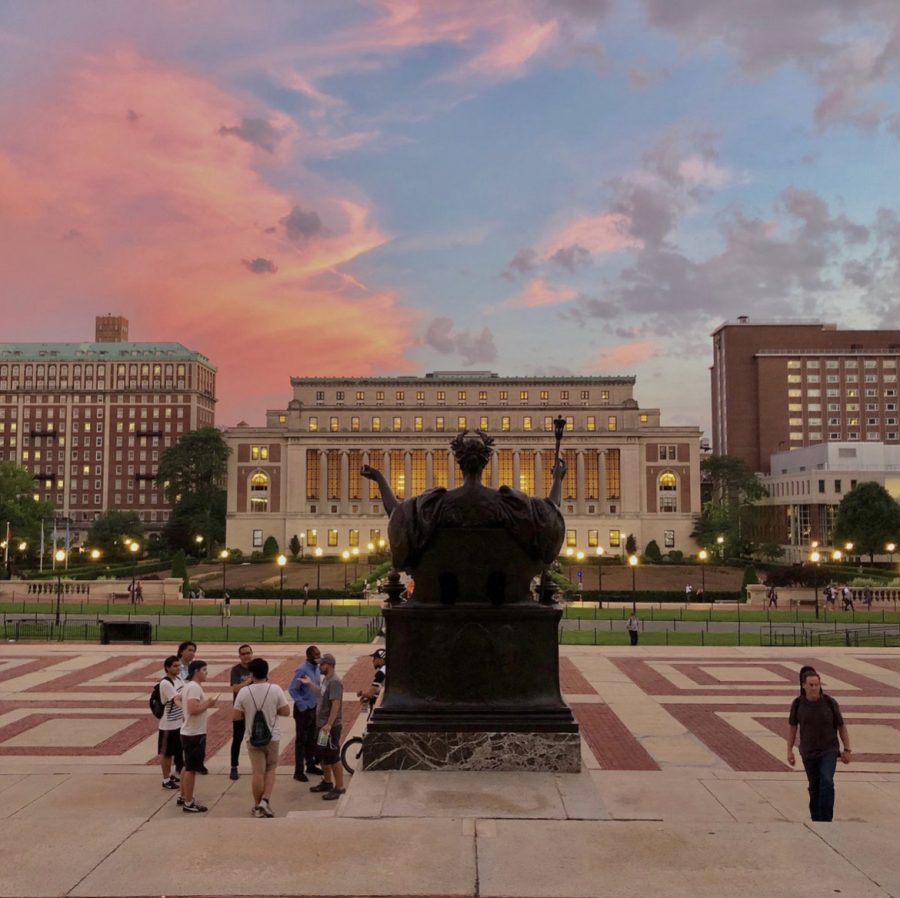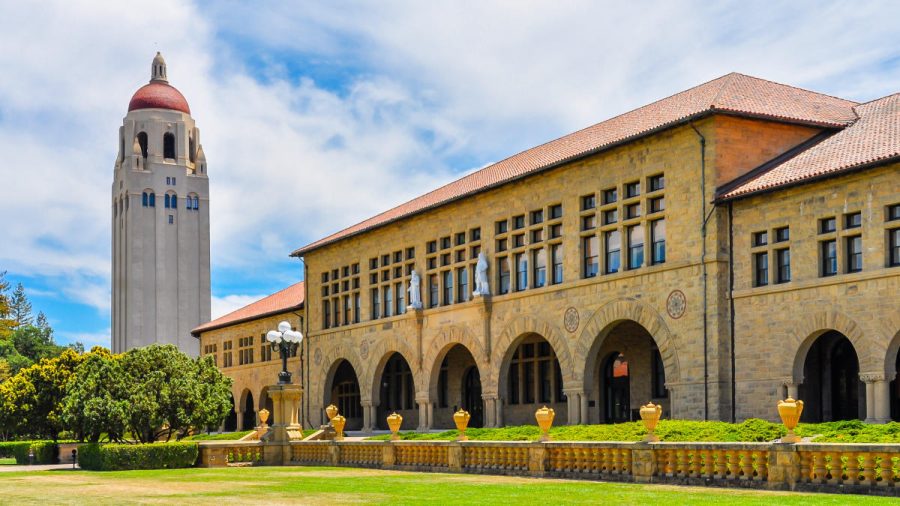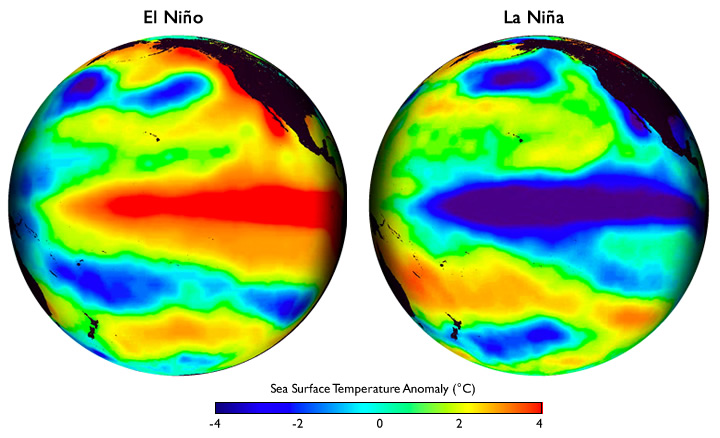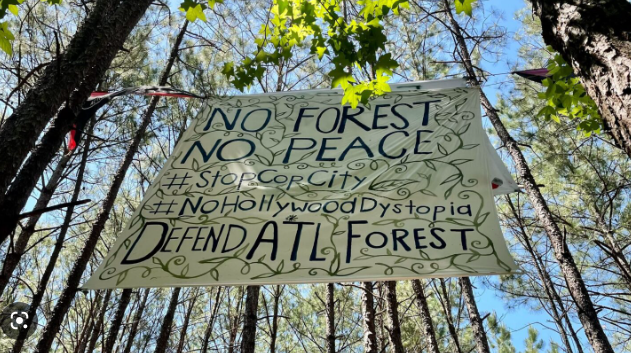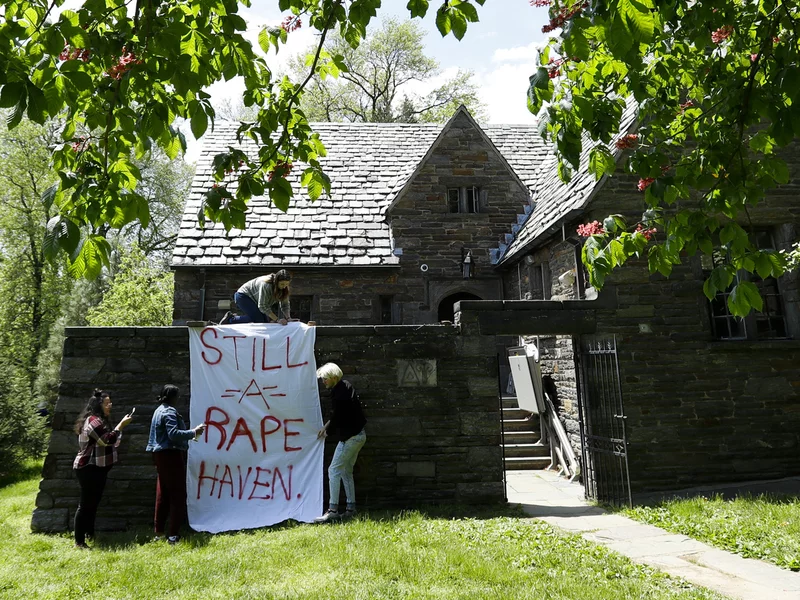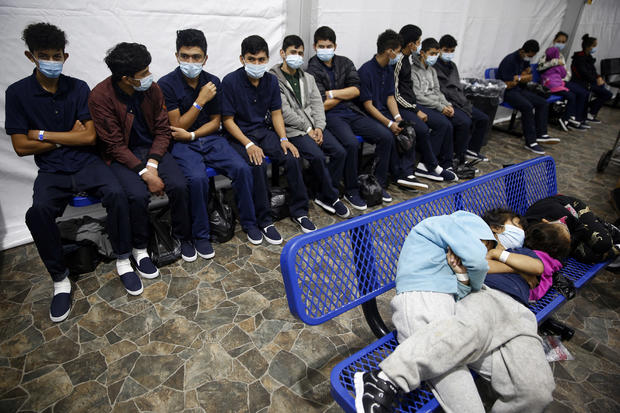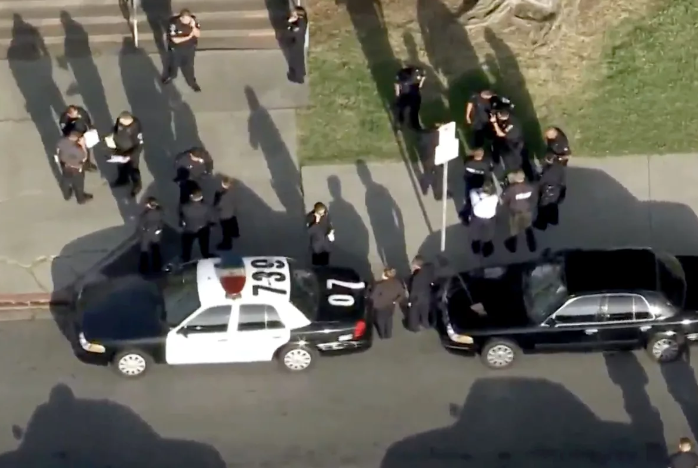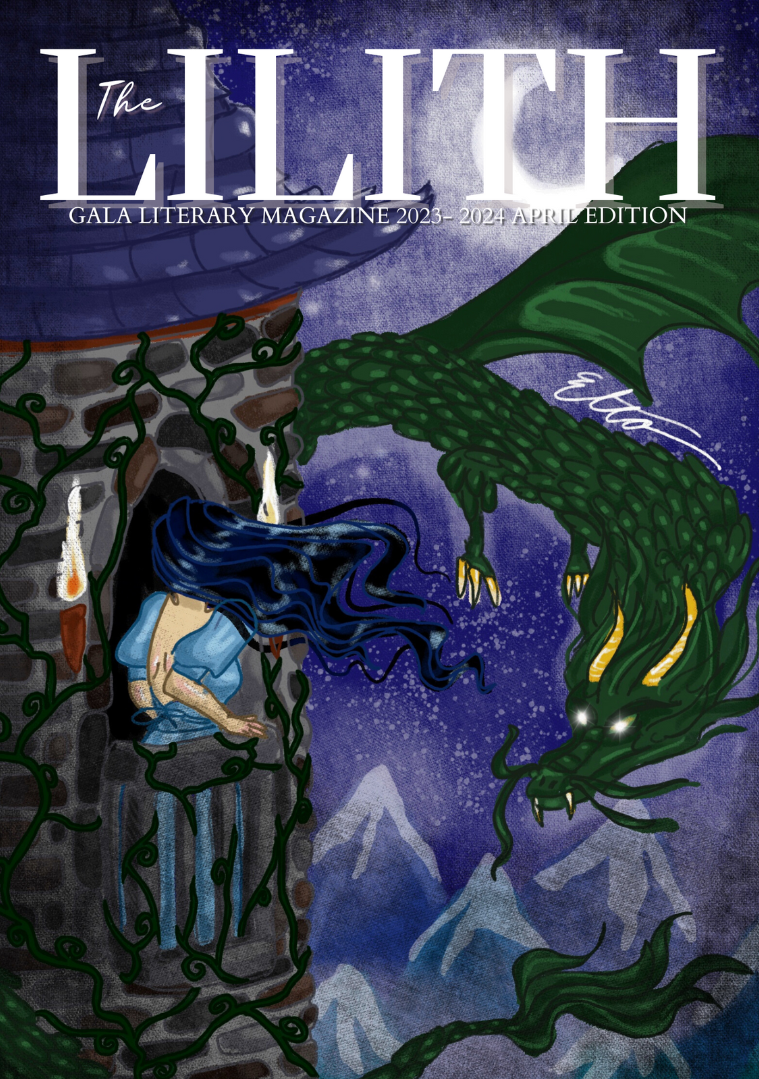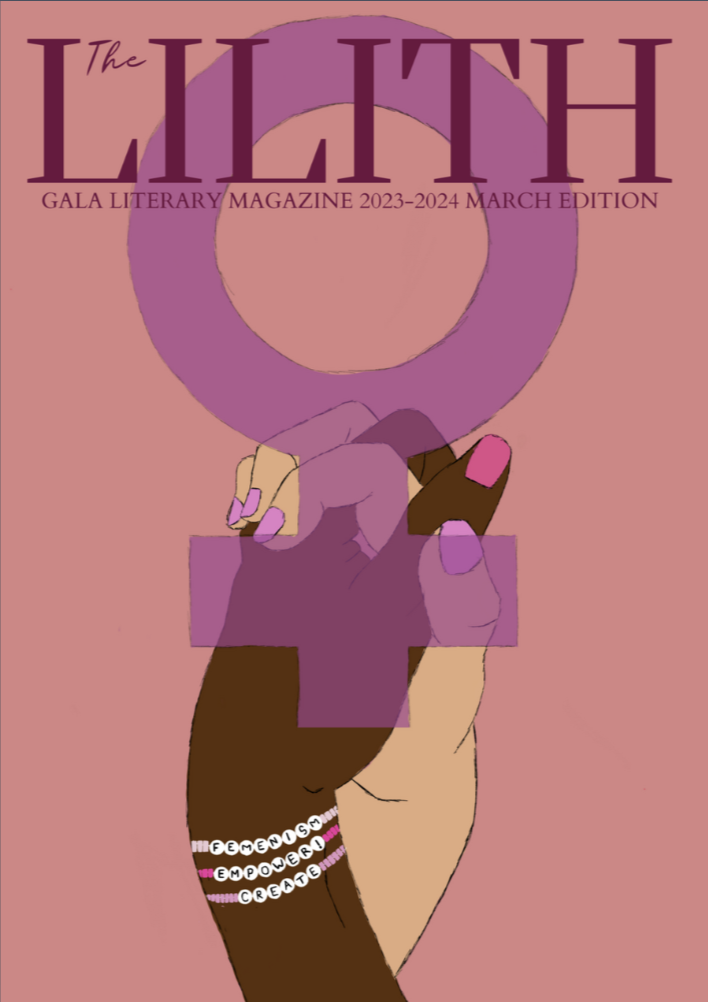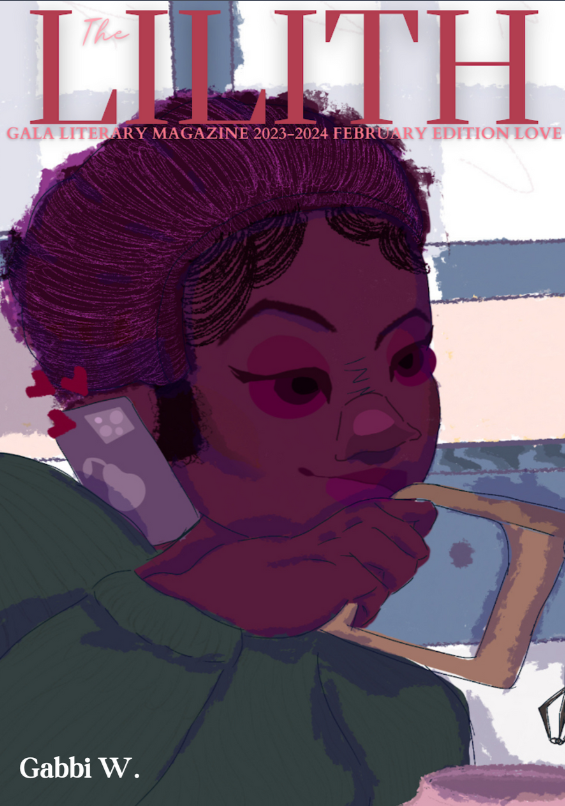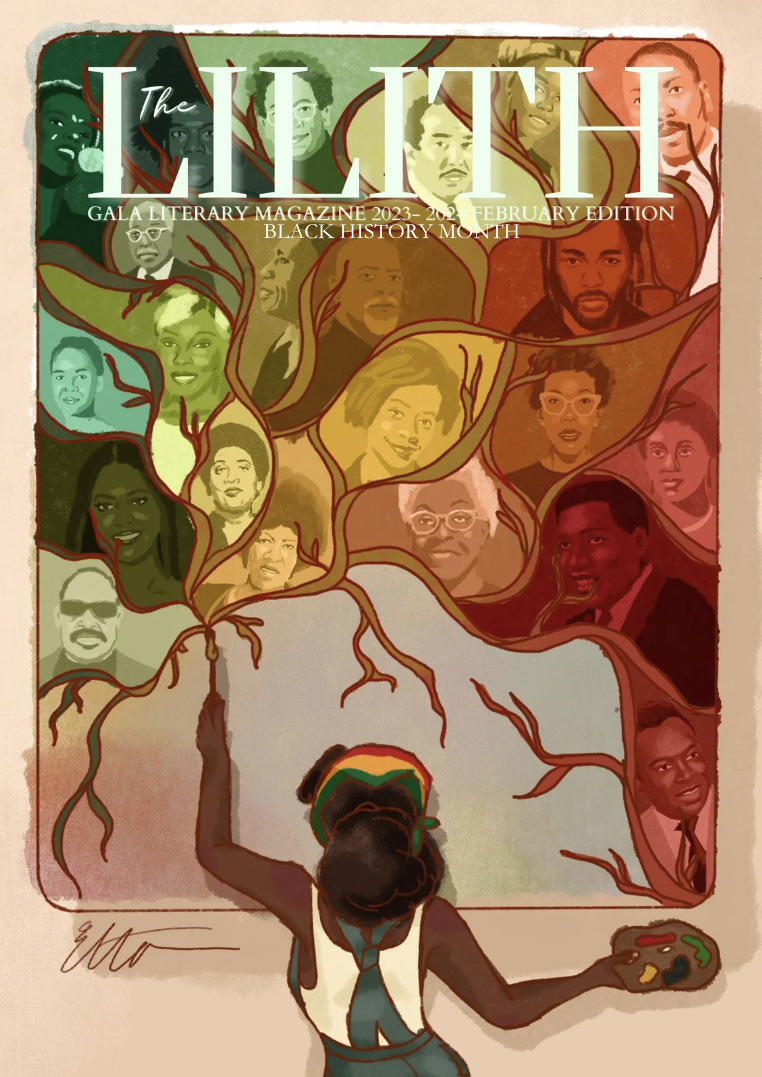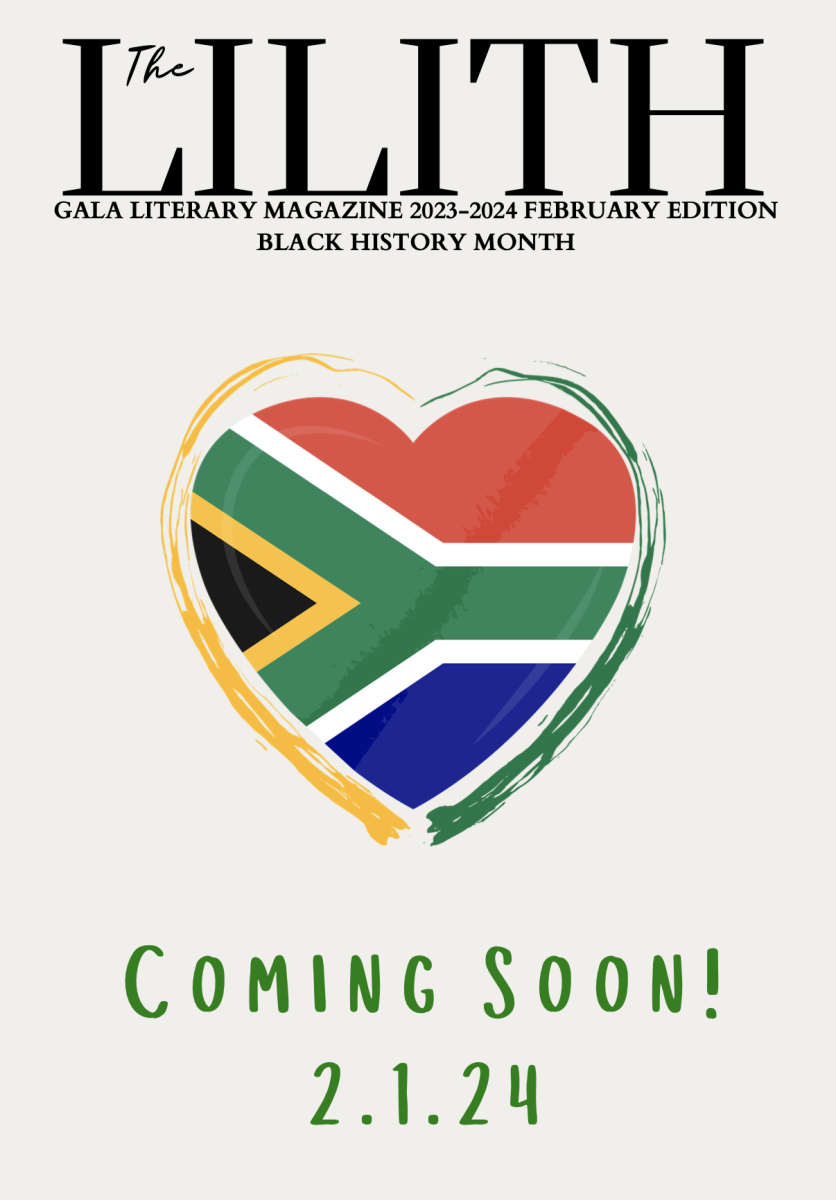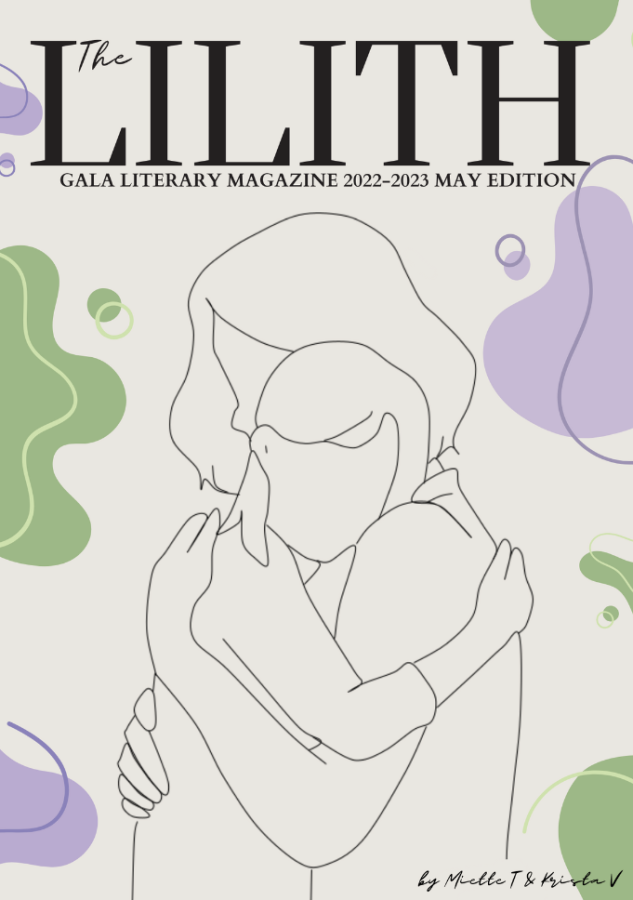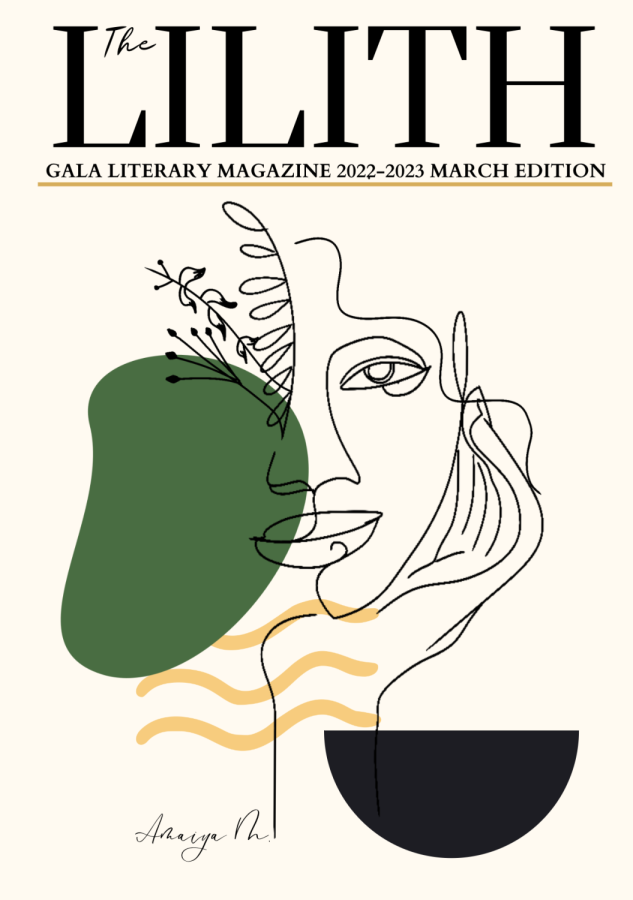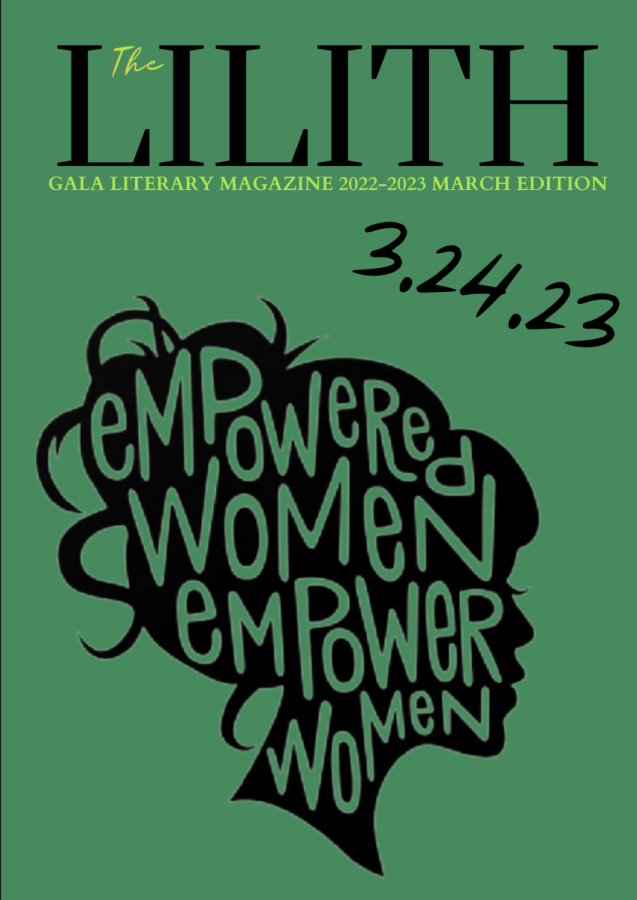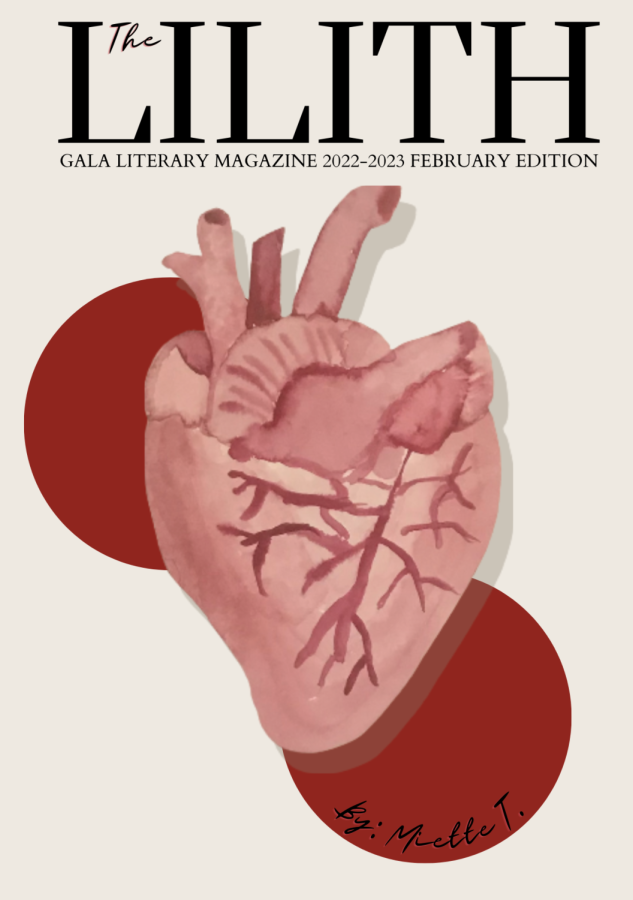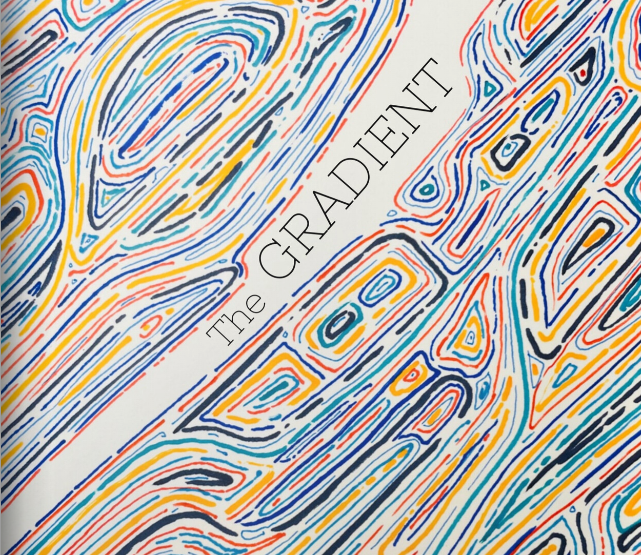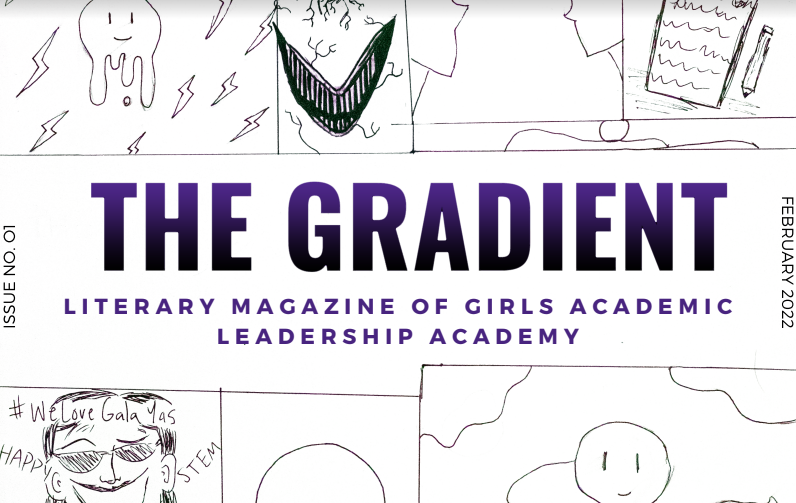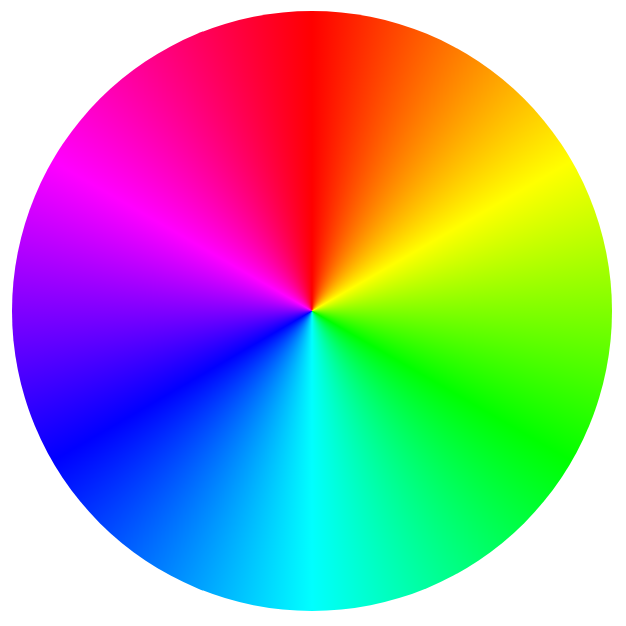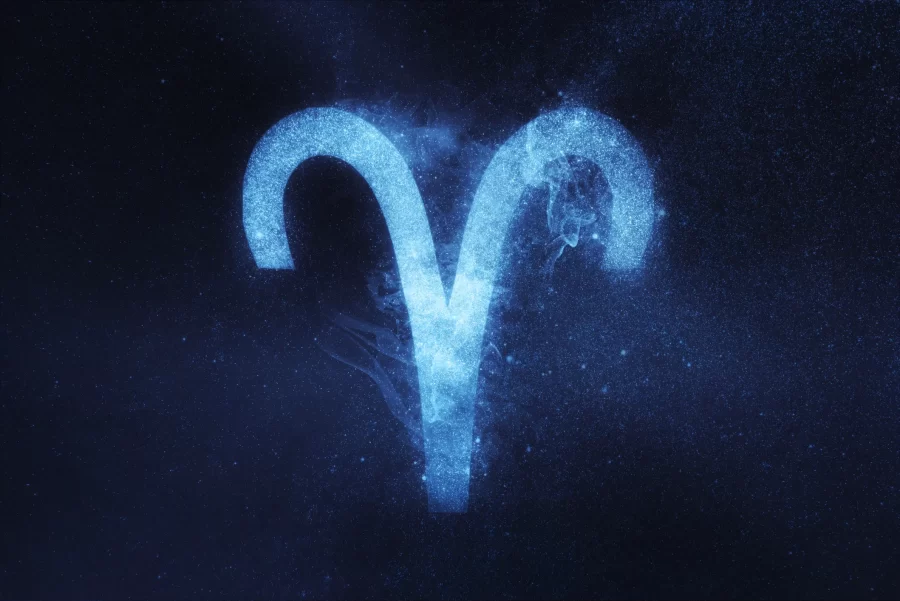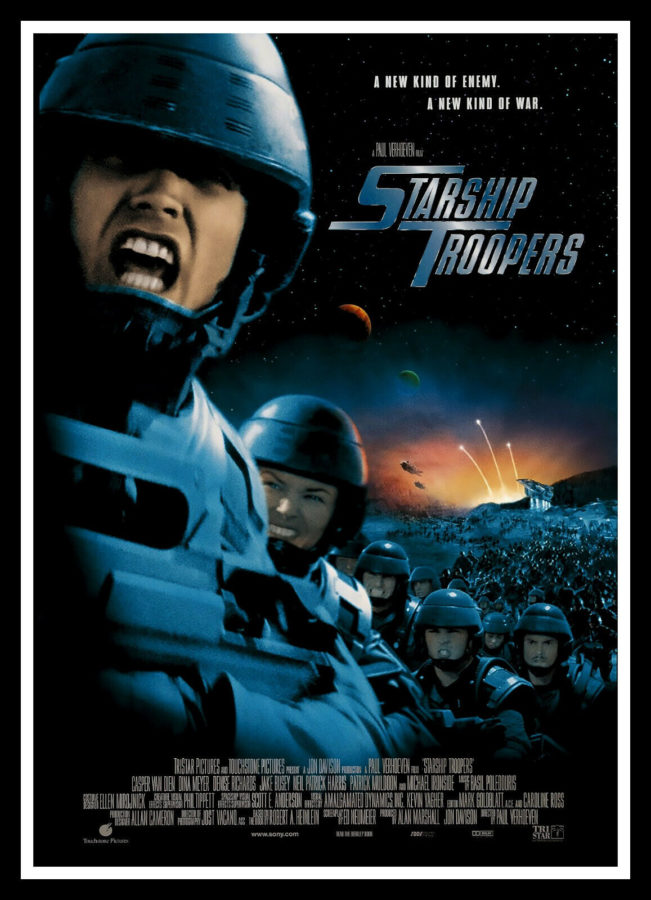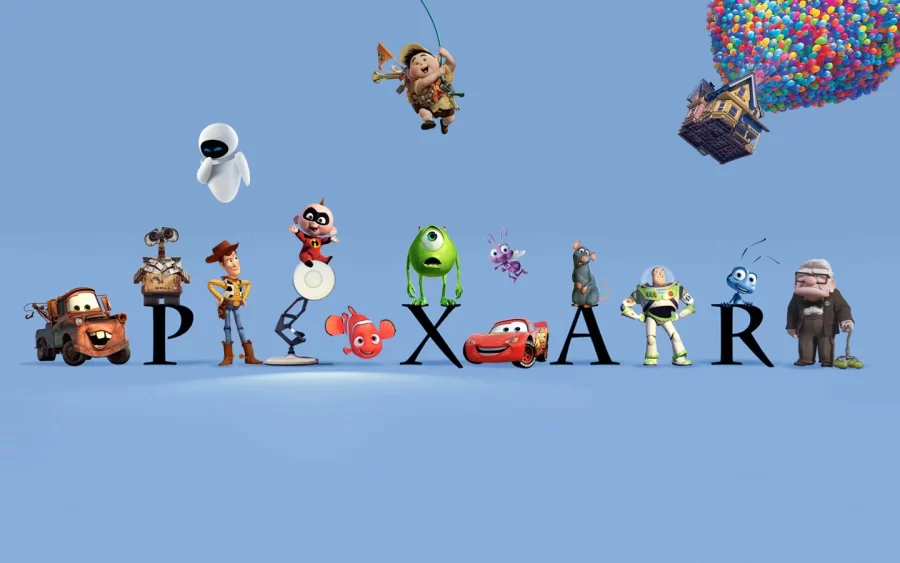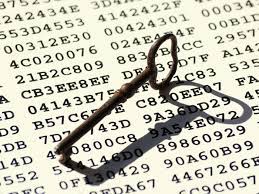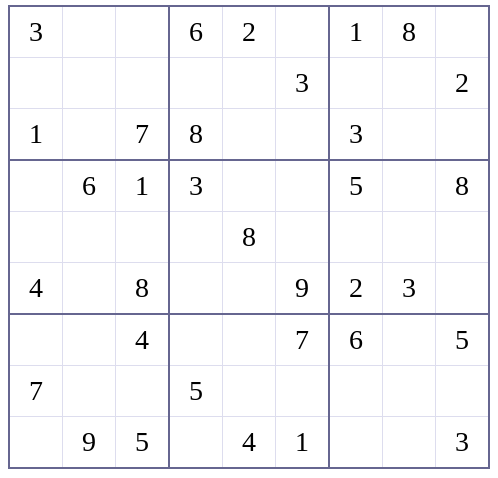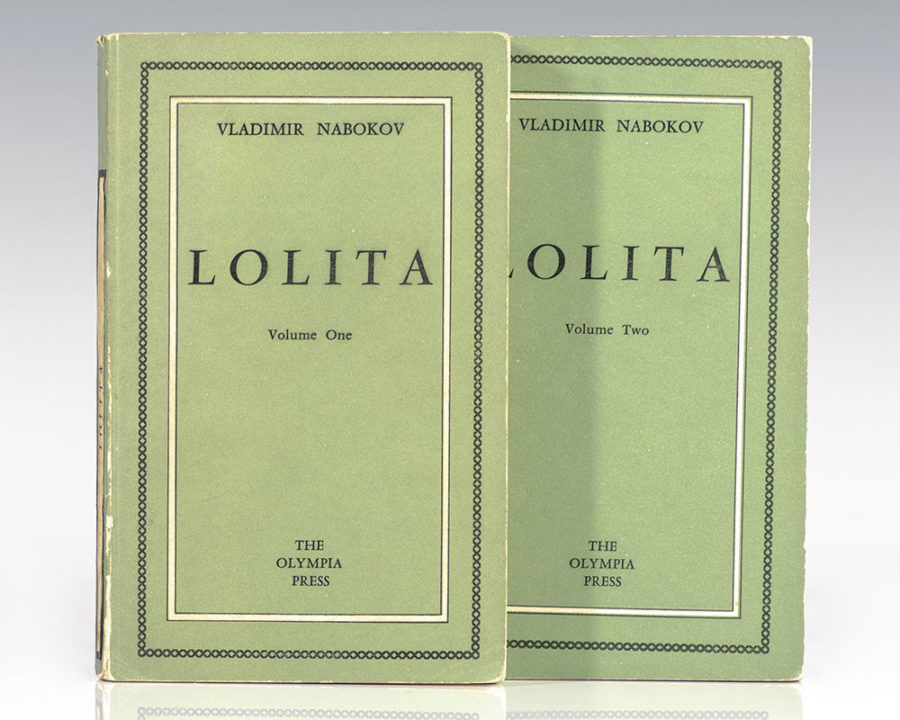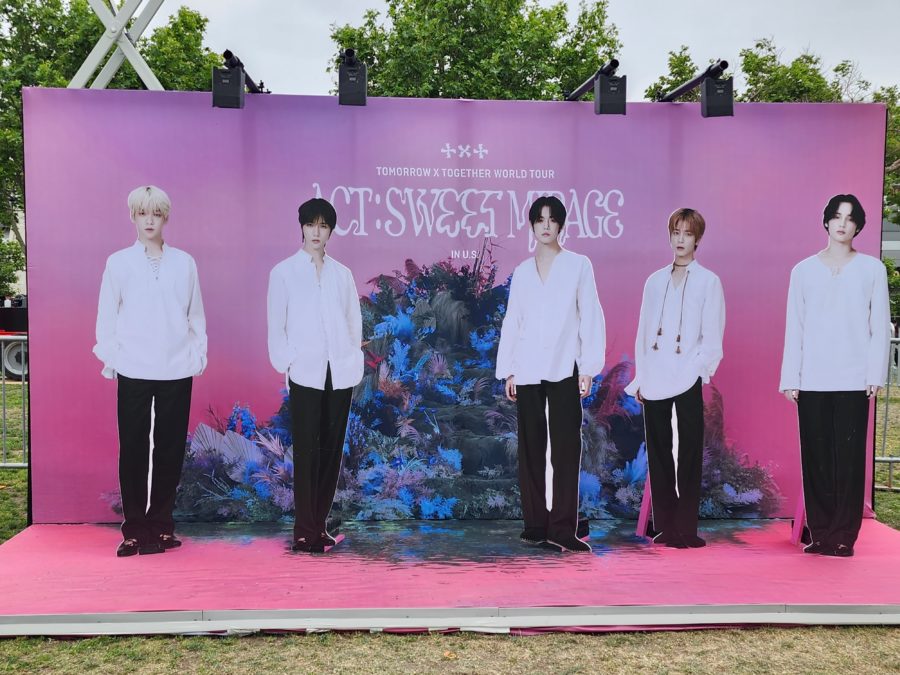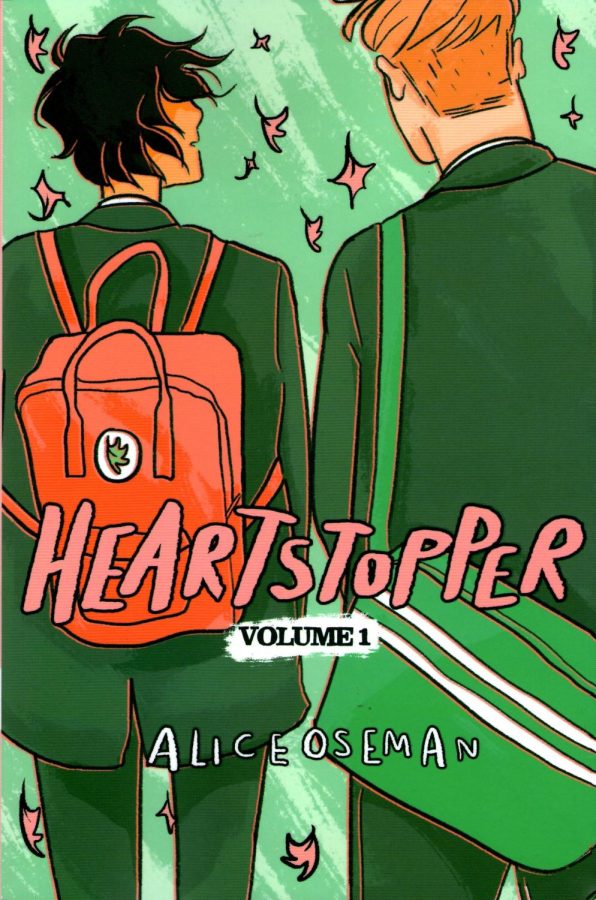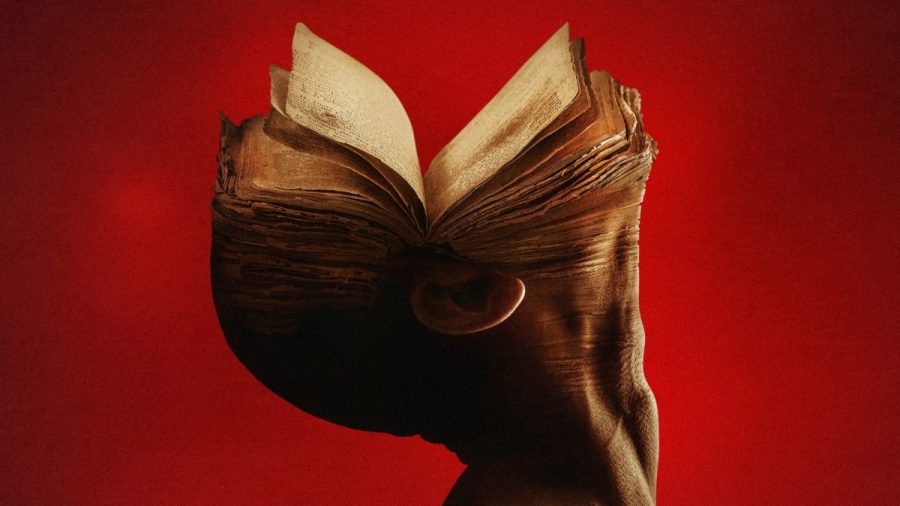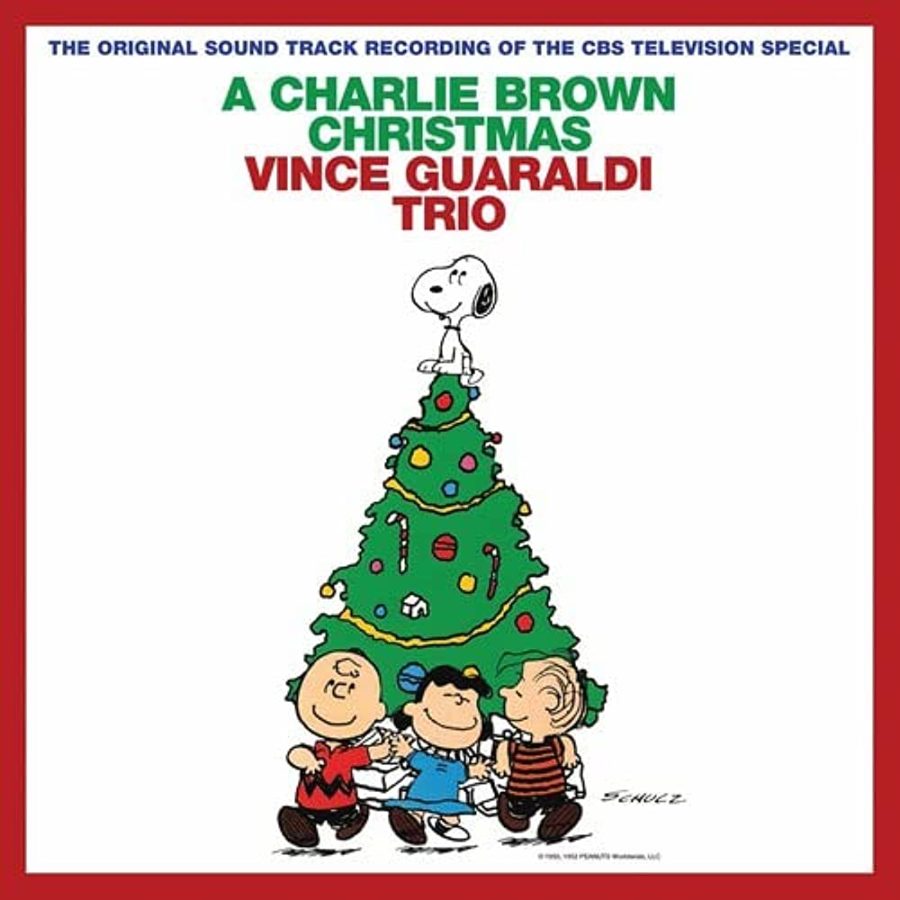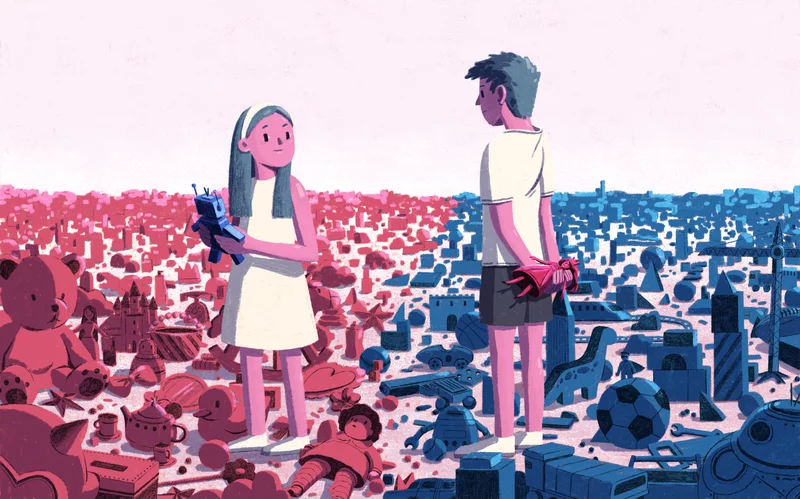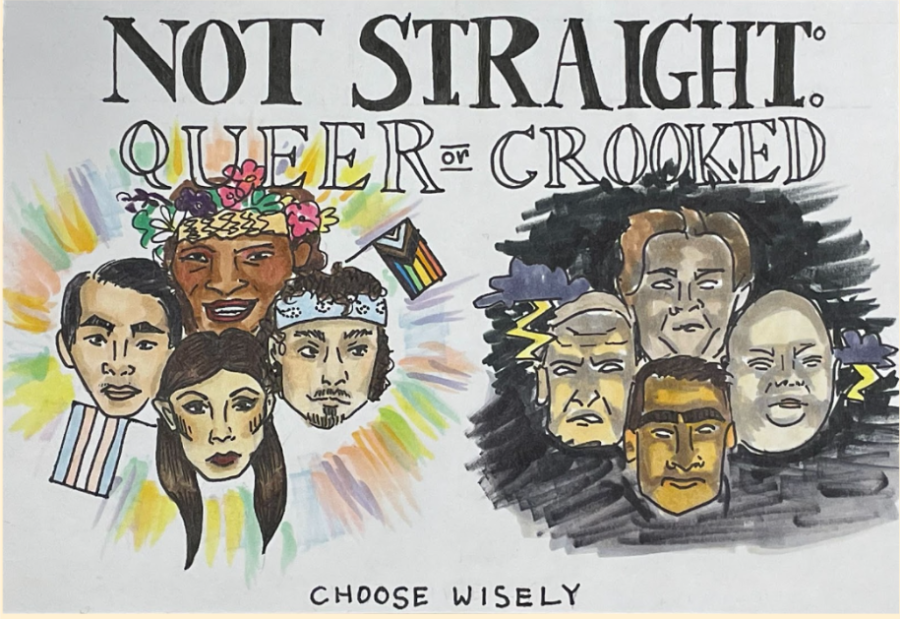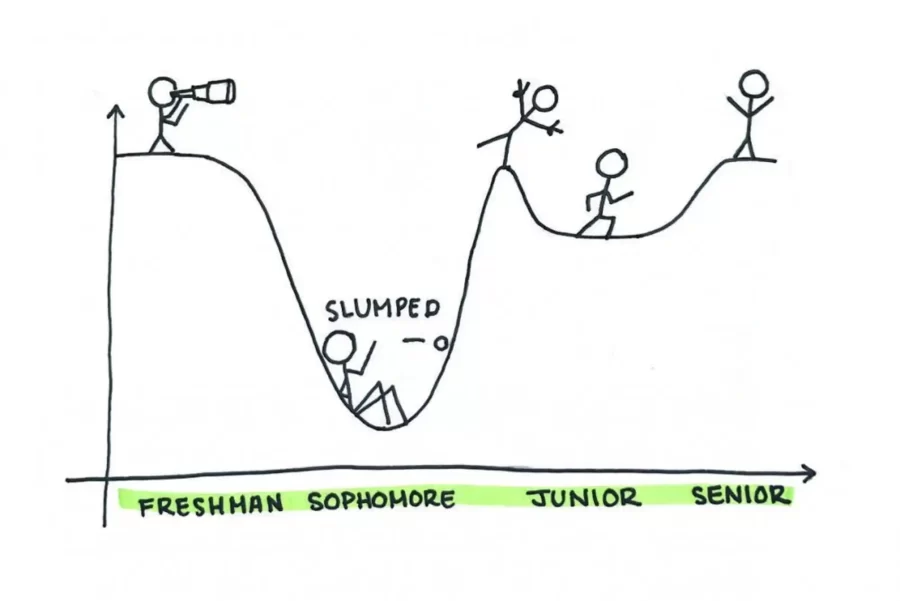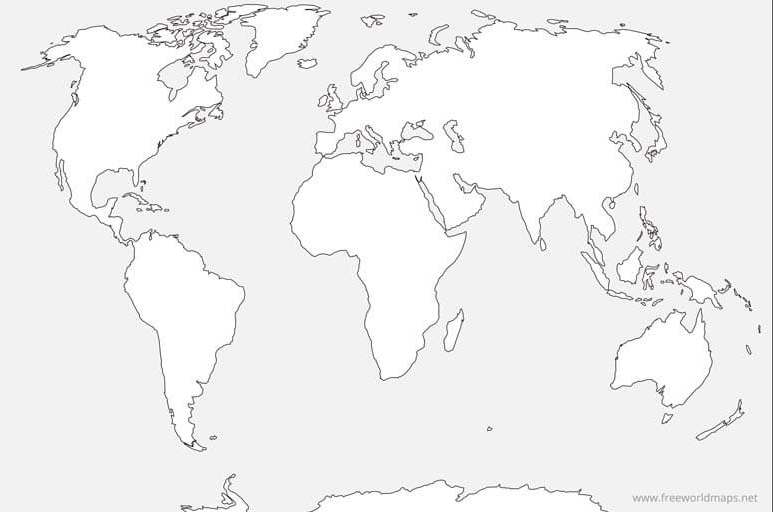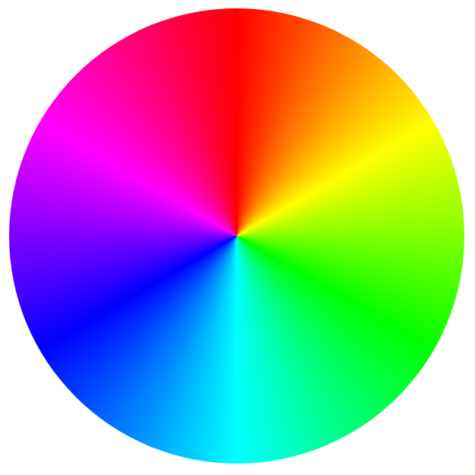Types of Government
Have you ever wondered just how many types of government there are? Or maybe you forgot what government Britain has, five minutes before your history test. Here are just a few types of government to enhance your knowledge on all the variations of leadership!
Monarchies
One of the most known types of government is a monarchy. Specifically, absolute monarchies are run by one person, who usually rules for life. European monarchs historically believed in divine rights, a God-given right to rule. Oftentimes, the monarch is hereditary, meaning that the next reigning monarch is related to the current one. An example of an absolute monarch today is Haitham bin Tariq Al Said, Sultan of Oman.
An absolute monarchy is not the only form of monarchy, though. A constitutional monarchy still has a monarch as the face of the country, however, they have many more constraints put on them in the form of a written or unwritten constitution. The first instance of this type of monarchy was in England during King John’s reign. The people were unhappy with their country’s current state, so they forced King John to sign the Magna Carta, a document that placed constraints on what King John did, which established the written constitution for the people.
Theocracy
In theocratic countries, the people in power are religious leaders. According to “Government Alive,” theocracies were very common in ancient city-states (most known city-states formed ancient Greece). An example of a theocracy is Iran when it became a theocratic country when the Ayatollah Khomeini (a religious figure) became Iran’s supreme leader in 1979.
Democracy
There are many forms of democracy. According to Diane Hart’s “Government Alive: Power, Politics, and You,” democracy is “A system of government in which citizens exercise supreme power, acting either directly on their own or through elected representatives.”
One of these forms is presidential democracy. The people in this form of government elect officials they think would best execute what they want to be done. Presidential democracies have a president that typically functions as the face of the government. The main idea of this type of government is to have a separation of powers. In the United States, there is a separation of powers between the legislative, executive, and judicial branches, which create checks and balances to keep each branch accountable. Mexico is an example of a presidential democracy.
Parliamentary democracy is another type of government. The people elect members of parliament, and the parliament members get to elect the prime minister. The prime minister acts as the head of the executive branch. There are quite a few countries that are parliamentary democracies, one of the most known countries with a parliamentary democracy is Britain.
The next form of democracy is the direct democracy where the citizens vote directly on anything that needs to be passed. While this form of government allows for the people to make decisions they know will reflect the country’s beliefs as a whole, after time the voter turnout becomes low because people get too tired of voting on every single election. There are actually no pure direct democracies in the world. The only country that gets close is Switzerland, according to Hart.
Totalitarianism
According to “Government Alive: Power, Politics, and You,” “A totalitarian government is an extreme form of an authoritarian regime that seeks to control almost every aspect of its citizen’s lives.” In this extreme government, one type of totalitarianism is communism. Communism is a very broad term and can have many different meanings and interpretations, one of the more common meanings would be communism in relation to Karl Marx’s theory, but it could also be a single political party having control over everything. The latter meaning is typically in regards to what the Soviet Union had from 1922 to 1953. This form of communism is known for the suppression of any ideas that opposed them and “hostility to religion and human rights (Hart).” There are also other forms of government that fit into the totalitarian category, and oftentimes totalitarian governments are aligned with far-right beliefs.
Dictatorship
A dictatorship is when one person holds all the power. While it often can be a very harmful type of government for the citizens, dictatorships typically arise out of times of hardship. Along with absolute monarchies, dictatorships provide a sense of stability for a while because only one person making decisions allows for quick decision-making when the country is struggling.
These are just a few types of governments, but there are so many more out there!
Works Cited
Hart, Diane. “Government Alive: Power, Politics, and You.” Teachers Curriculum Institute, pg. 17 to 30.
Spielvogel, Jackson, and Jay McTighe. “World History and Geography: Modern Times.” McGraw-Hill Education, pg. 664.

Miranda S. is a junior at Girls Academic Leadership Academy. It is her second year working in the journalism elective and she is currently a staff writer...
